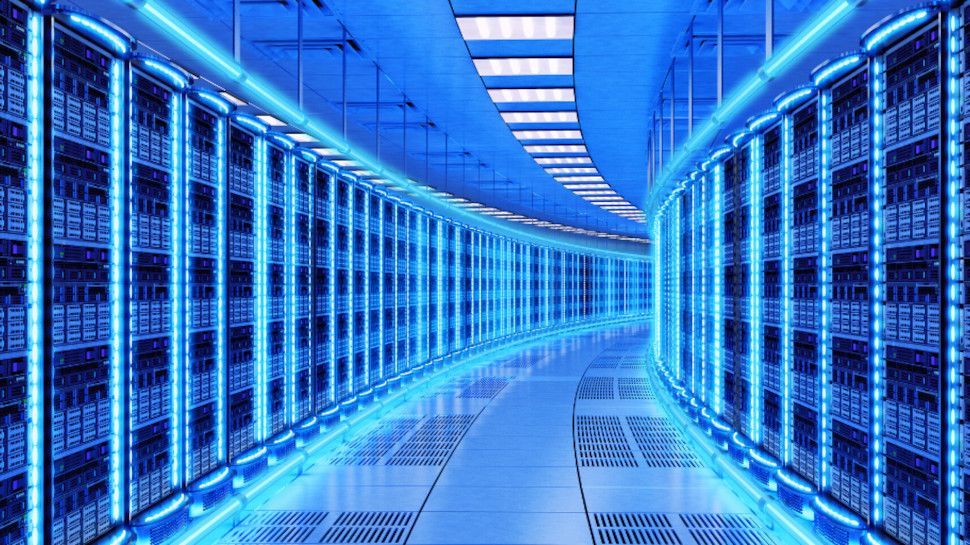The shortage of GenAI GPUs has already led to increased demand, increased costs, and reduced availability. However, another pressing problem looms: data centers are running out of space and power. This is particularly problematic for small businesses providing high-performance computing (HPC) colocation services, which are finding current data centers stretched to their limits.
A recent report from JLL, a real estate investment and management company, highlights that AI-driven growth is expected to continue, with data generation expected to double over the next five years.
Additionally, data center storage capacity is expected to grow from 10.1 zettabytes now to 21.0 zettabytes in 2027, requiring more data centers. The power demands of generative AI, estimated at 300 to more than 500 megawatts per campus, will also require more energy-efficient designs and locations.
Power grids are reaching capacity
According to the report, the design of specialized AI data centers differs significantly from conventional facilities, requiring operators to plan, design and allocate power resources based on the type of data processed or the development stage of the data. GenAI. With the huge rise in GPUs, existing standards for heat removal will be surpassed, causing a shift from traditional air-based cooling methods to liquid cooling and backdoor heat exchangers.
Speaking to HPCwire, Andy Cvengros, general manager of JLL's US data center markets, emphasized the importance of planning. He explained that power grids are reaching capacity and transformer delivery times exceed three years, which requires innovation. The GPU shortage is impacting small 4-5 rack colocation deployments, which are finding it increasingly difficult to secure data center space due to the demands of hyperscalers.
Cvengros also noted that all major metropolitan areas are essentially at capacity, making secondary areas like Reno, NV or Columbus, OH, prime locations for new data center construction. However, demand is expected to continue and the creation of new data centers is 3.5 years away.
Global demand for GenAI energy presents both opportunities and challenges. Finding GPUs for HPC is only half the problem; As HPCwire points out, where to plug them in can become more of a challenge. This issue is particularly difficult for smaller operators, which may be squeezed out of the market by competition for resources.









